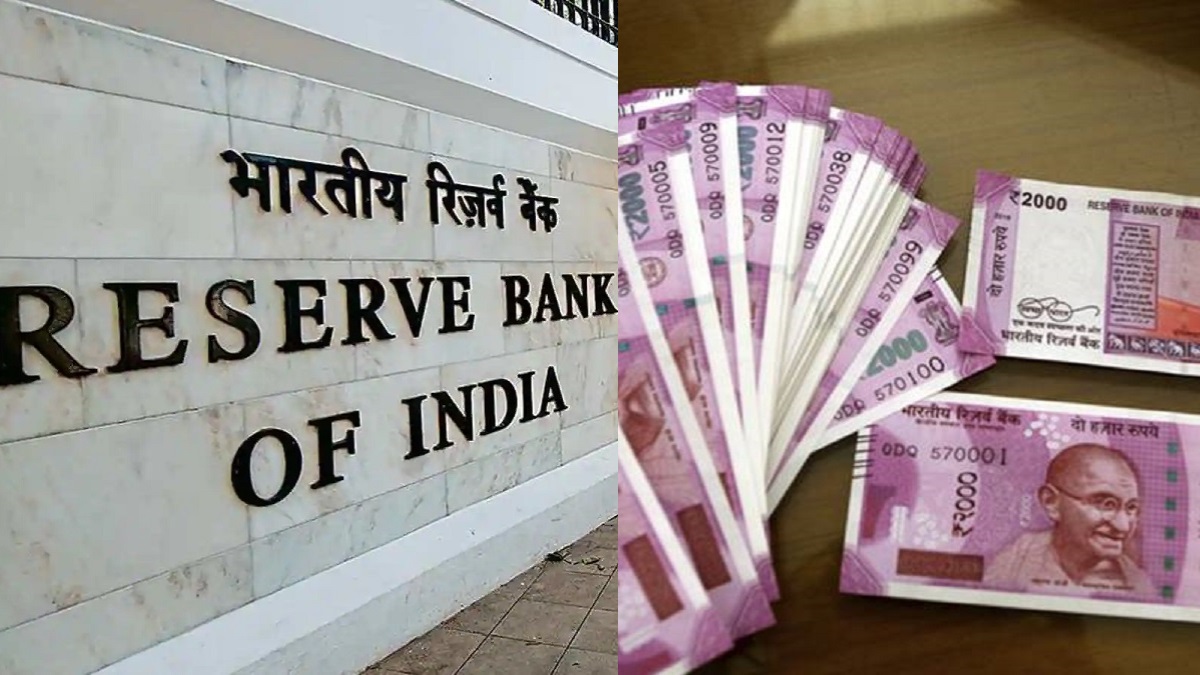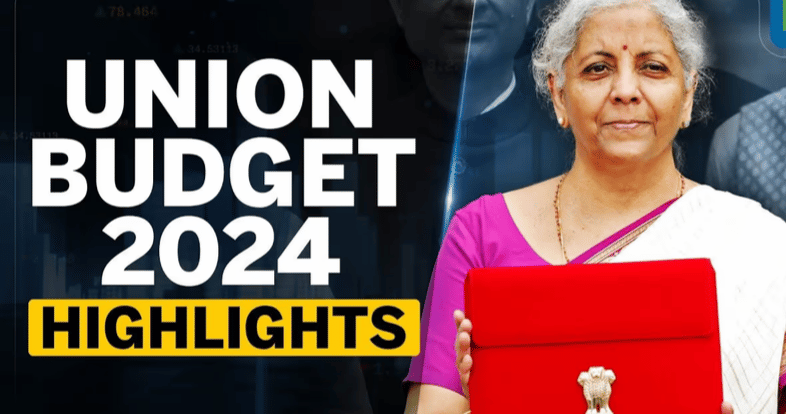Reserve Bank of India (RBI) has announced its decision to withdraw the Rs 2,000 denomination notes from circulation. The move is aimed at addressing concerns regarding the excessive availability and use of high-value currency notes in illegal activities. The RBI has also provided a window for the public to exchange their existing Rs 2,000 notes until September 30th. RBI has allowed the public to exchange their existing Rs 2,000 notes at banks and authorized financial institutions until September 30th.
This exchange facility will enable individuals holding these notes to convert them into lower denomination currency or deposit them in their bank accounts. However, after the specified deadline, the Rs 2,000 notes will no longer be accepted for exchange or used for transactions.
Table of Contents
ToggleWhy Did The RBI Decide To Withdraw The Rs 2,000 Notes From Circulation?
However, I can provide you with some general insights on the factors that may influence a central bank’s decision to withdraw a specific denomination of currency from circulation. Please note that these reasons are hypothetical and not specific to the Rs 2,000 notes.
* Counterfeiting concerns: Counterfeit currency can pose a significant threat to the economy, as it undermines the trust in the monetary system. If the RBI has discovered a high incidence of counterfeit Rs 2,000 notes in circulation, they may decide to withdraw them to safeguard the integrity of the currency.
* Cash hoarding and black money: Large denomination notes can facilitate illegal activities such as tax evasion, corruption, and the hoarding of unaccounted wealth. If the RBI identifies a substantial increase in such activities involving the Rs 2,000 notes, they might choose to withdraw them from circulation to disrupt these illicit practices.
* Monetary policy and liquidity management: Central banks regulate the money supply and manage liquidity in the economy to maintain stability. If the RBI deems that the circulation of Rs 2,000 notes is causing challenges in managing monetary policy or liquidity, they may consider withdrawing them as part of their broader strategy.
* Currency restructuring: Sometimes, a central bank may introduce new currency notes or denominations as part of a currency restructuring exercise. This could involve phasing out existing notes to improve security features, enhance efficiency, or align with evolving economic needs. The withdrawal of the Rs 2,000 notes could be a part of such a restructuring plan.
What Is The Deadline For Exchanging Rs 2,000 Notes And How Can You Do It?
If there is an ongoing scheme or deadline for exchanging Rs 2,000 notes, the process would likely involve the following steps:
1. Official Announcement:
The government or the RBI will announce the specific guidelines, including the duration and procedure for exchanging Rs 2,000 notes. These announcements are usually made through official channels such as press releases, notifications on government websites, or public statements.
2. Identification and Documentation:
Individuals who possess Rs 2,000 notes would typically be required to provide identification documents such as a valid government-issued ID (like Aadhaar card, passport, driving licence, etc.). These documents help establish the identity and legitimacy of the individuals seeking to exchange the notes.

3. Exchange Procedure:
Individuals would need to physically visit the designated channel and provide the necessary identification documents along with the Rs 2,000 notes they wish to exchange. The authorized entity would then verify the documents, scrutinize the notes for their authenticity, and process the exchange based on the prevailing guidelines.
Will You Lose Money If You Don't Exchange Your Rs 2,000 Notes Before The Deadline?
However, In general terms, if a deadline is announced by a government or a financial institution for exchanging specific banknotes, it is often done to replace older notes with new ones or to combat issues like counterfeiting or illegal activities. When such a deadline is imposed, it is typically advised to exchange the specified banknotes within the given timeframe to ensure their validity and acceptability.
If you fail to exchange the Rs 2,000 notes before the announced deadline, it is possible that those notes may no longer be accepted as legal tender for transactions in the future. After the deadline, the Reserve Bank of India (RBI) or relevant authorities may provide alternate procedures or guidelines for exchanging or depositing the old banknotes, such as visiting designated banks or specific exchange centres.
If a deadline has been set for the exchange, it is generally advisable to take prompt action and exchange your Rs 2,000 notes within the specified time to avoid any potential loss or inconvenience. However, it is essential to refer to the latest information from official sources or consult with relevant authorities to obtain accurate and specific details regarding any deadlines or currency exchange policies.
How Does The Withdrawal Of Rs 2,000 Notes Impact The Indian Economy?
The withdrawal of Rs 2,000 notes from circulation would have significant implications for the Indian economy. Such a move would require careful planning and consideration, as it would affect various sectors and stakeholders. Let’s explore the potential impacts:
The immediate impact of withdrawing Rs 2,000 notes would be a disruption in the cash flow within the economy. The denomination is widely used for everyday transactions and forms a significant portion of the currency in circulation. People would need to adjust their transactions and adopt alternative means of payment, such as digital payments or lower-denomination currency.
One of the reasons behind withdrawing high-denomination currency notes is to tackle the issue of black money or undisclosed income. The Rs 2,000 note has been considered as a facilitator for hoarding and unaccounted wealth. By removing it from circulation, the government aims to make it harder for individuals to store large amounts of illicit cash. This move could potentially help in curbing corruption, tax evasion, and illegal activities.
Certain sectors in the Indian economy heavily rely on cash transactions, such as small businesses, informal markets, and rural areas. The withdrawal of Rs 2,000 notes could adversely affect these sectors, as they might face liquidity challenges and difficulties in conducting day-to-day operations. The transition to alternative payment methods would require time and resources, which may pose short-term challenges.
The withdrawal of high-denomination notes can incentivize the adoption of digital payment systems. As people seek alternatives to cash transactions, digital payment platforms, mobile wallets, and online banking could witness increased usage. This shift towards digital payments could enhance transparency, reduce the reliance on cash, and contribute to the formalization of the economy.

What Are The Alternatives To Rs 2,000 Notes And How Can You Make The Transition?
- Alternative Denominations:
Replace with Higher Denominations: One alternative is to introduce higher denomination notes, such as Rs 5,000 or Rs 10,000, which can accommodate larger transactions without the need for multiple notes. This can help streamline financial transactions and reduce the reliance on Rs 2,000 notes.
Utilise Existing Denominations: Another approach is to encourage the use of lower denominations, such as Rs 100 or Rs 500 notes, for everyday transactions. This would help promote greater circulation of smaller notes and reduce the dependency on higher denominations.
- Digital Payment Systems:
Promote Mobile Wallets: Encouraging the use of mobile wallet applications allows individuals to make cashless transactions using their smartphones. Popular mobile wallet platforms like Paytm, Google Pay, or PhonePe provide a convenient and secure alternative to physical currency.
Adopt Unified Payment Interface (UPI): UPI is a real-time payment system in India that enables users to instantly transfer funds between bank accounts using their smartphones. Encouraging the adoption of UPI can significantly reduce reliance on cash transactions.
Increase Point-of-Sale (POS) Terminals: Expanding the network of POS terminals in various establishments encourages customers to use debit or credit cards for their purchases, reducing the need for cash transactions.
- Demonetization Strategy:
Phased Withdrawal: Implementing a phased withdrawal plan for the Rs 2,000 notes can ensure a smooth transition. The currency can be gradually phased out, allowing people to exchange their existing notes for alternative denominations or digital equivalents within a specified time frame.










